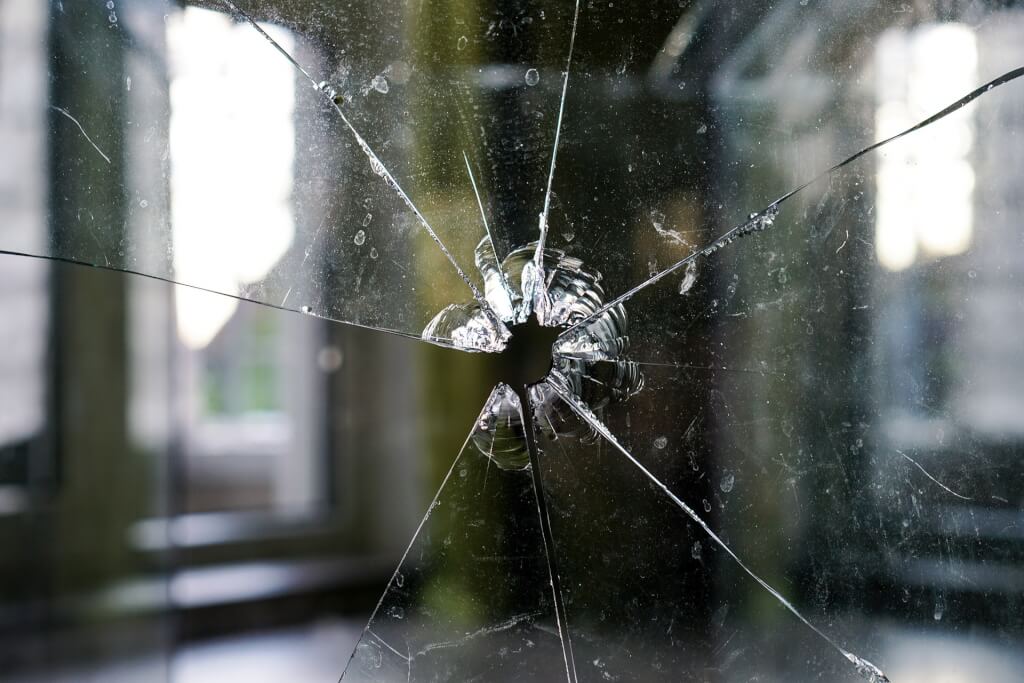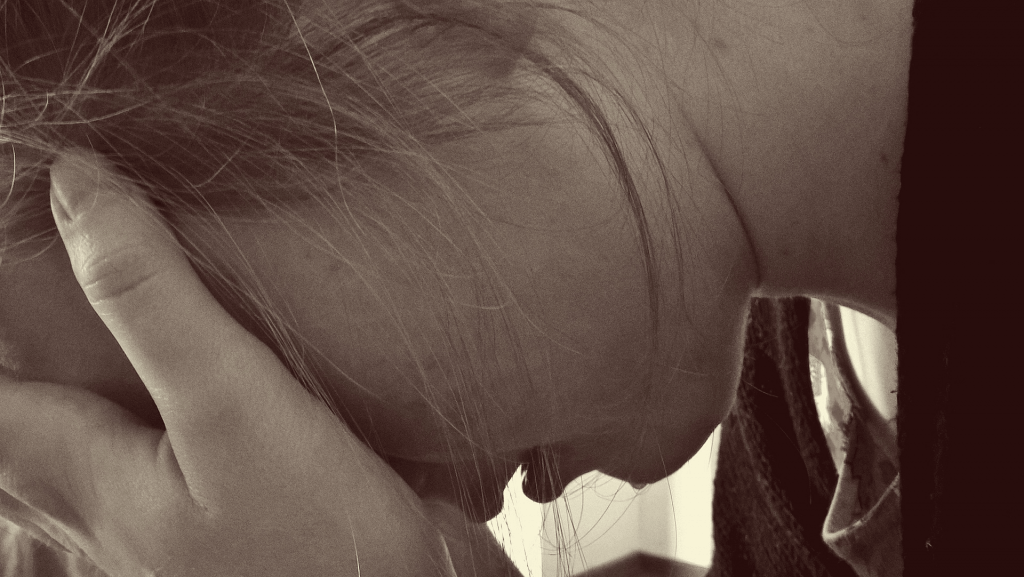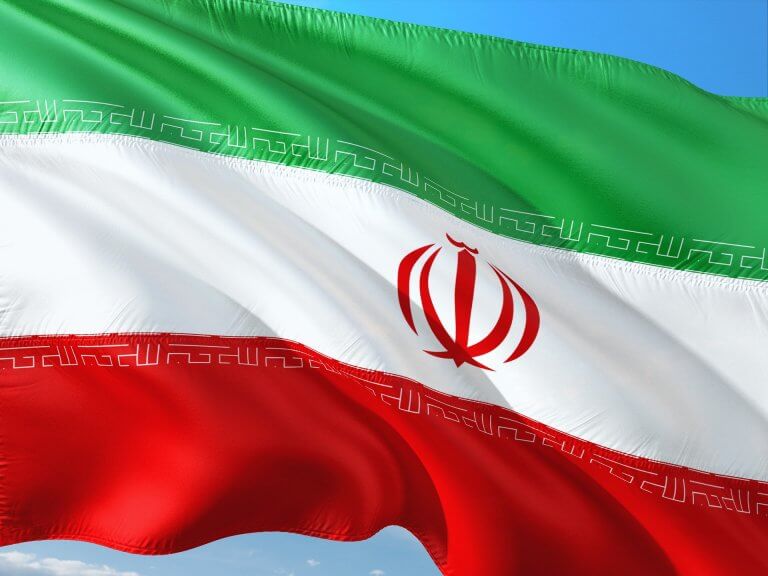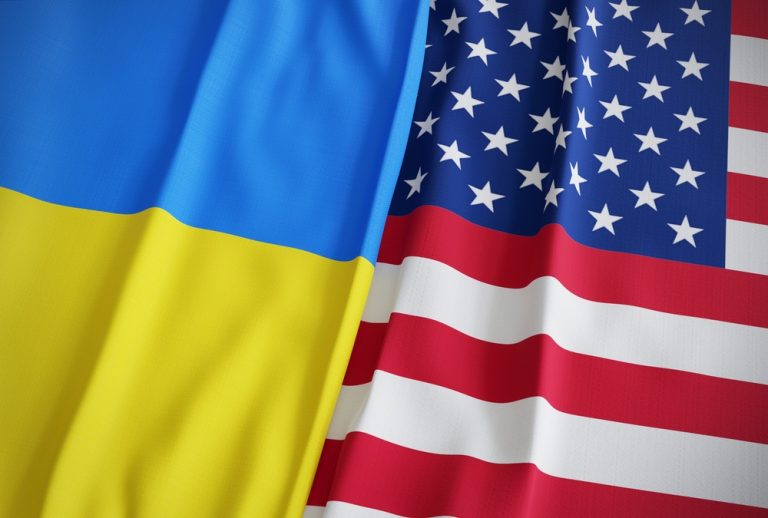
School shooting in a militarized society: will the “Columbine effect” blossom or die?
On the morning of September 26, an armed man wearing a Nazi T-shirt and a balaclava stormed a school in the Russian city of Izhevsk and killed 17 people with a converted handgun, 5 adults and 12 children. The 34 years old man, Artem Kazantsev, graduated from the school and was since 2011, a patient at a psycho-neurological clinic because of low-grade schizophrenia, which had turned into a severe misanthropy. This is the typical pattern of such tragic phenomenon and it had already become so frequent that it was even given its own name: School shooting or the “Columbine effect”.
School shooting is an armed attack conducted in educational institutions which often escalates into mass murder. The “Columbine effect” on the other hand is the legacy that was left after the 1999 Columbine High School massacre. Therefore, successors of school shootings can be called Columbine shooters. Both original shooters and their successors tend to be mentally disturbed teenagers who were bullied in school, embittered at almost everyone around them. This is why, they always aim of getting revenge and the place they choose to do this, is their school.
As mentioned, this phenomenon originated in the United States. On April 20, 1999, two high school students, Eric Harris and Dylan Klebold, carried out a pre-planned armed attack on other students and staff at the Columbine High School, located in the Columbine community of Jefferson County, Colorado, USA. They used small arms and improvised explosive devices. Eric and Dylan killed 13 people, including 12 students and one teacher, and 23 others. The attackers then shot themselves. This is what gave these shootings the name “Columbine”.
Very quickly the problem of these kinds of attacks moved into the political arena. The Democrats used such events as a clear argument for restricting civilian gun ownership, and the Republicans on the contrary, vehemently refuted this thesis. On May 24 of this year, for example, 19 children and 2 adults were killed in a shooting at Robb Elementary School in Uvalde, Texas. The shooter turned out to be an 18-year-old boy. This sparked a heated debate about the possibility of restricting civilian access to gun sales and even the possibility of repealing the Constitution’s Second Amendment on the free use of guns. As a result, on June 25, U.S. President Joe Biden signed into law a bill to tighten gun control.

During this time, the problem of school shooting has spread far beyond the United States. In Europe, similar events have occurred in six countries since 2010. As a result of 13 incidents, 61 people became victims. The leader is Russia, with 7 shootings, in which 54 people died. Using the example of this particular country, rather than the United States, where this topic has become a hackneyed one and where there are entire institutions that study this phenomenon, we can try to answer the main political question: how these shootings can be related to the possession of firearms and the militarization of society in general? This will be especially revealing because on September 21, Russian President Vladimir Putin announced the beginning of the mobilization of reservists to participate in the conflict in Ukraine. This means that millions of men and women will soon be entering society with experience regarding the use of guns and violence with the possible right to keep these weapons after the end of hostilities.
Will this lead Russia to an avalanche of violence and bullying, or will society on the contrary become more peaceful and calm? The traditional liberal paradigm believes that the only possible way to effectively combat the “Columbineers” is to apply a whole set of measures, such as fighting teenage bullying in educational institutions, providing psychological help to young people, creating a special criminal law model to counteract decentralized destructive associations etc. Alas, behind these measures to isolate children and youth from the real world with this excessive care, lies the main reason for the “Columbine”: the deep “infantilism” of society.
Certainly, by advocating the right of people to own firearms, consequently we accept an “armed society” which could make the world a safer place and help law-abiding citizens with armed opposition to criminals who try to possess guns in defiance of rules and regulations. In addition, in such society, there would be far fewer cases of gunrunning, and potential “Columbineers” would think a hundred times whether to run the risk of running into armed guards or teachers. And even if someone, due to his insanity, risks doing so, he will be able to be “stopped” much sooner, which could save many lives. However, the security of such a society is built not on the physical presence of weapons, but on the psychological readiness of people to use them only with responsibility with the proper motivation and the right perception of violence.
In traditional society, where violence is a habitual but sacred attitude, it is used much less frequently. Probably many people have noticed, how before World War II, there were almost no maniacs in Europe. But as the “welfare society” developed, the phenomenon became more and more widespread, and in the 70s and 80s there was practically an epidemic of serial murders. The reason lay in the psychological pressure that everyone experiences in a liberal urban environment, which can be defined as an “infantilism”. A villager who constantly sees the blood of slaughtered livestock and poultry will approach bloodshed much more cautiously, whereas a city dweller who is fictitiously “fenced off” from it can lose control over himself in an easier way. This is exactly this kind of lose control that happens for that “Columbineers” who commit school shooting.
The same difference of thinking exists between people who have seen violence in a real war and “civilian” aggressors who present it in a biased and distorted way. Was there any violence after World War II, where almost every other European went through? Did the U.S. after the Vietnam War or the USSR after Afghanistan bleed? People who have gone through total violence in war will treat their own and other people’s lives much more carefully during peacetime. Their ability to handle weapons, and therefore to wield them in peacetime, will be based on an understandable psychological craving for order and calm. Mobilization will bring up and emancipate a previously underdeveloped militarized civil society in Russia, and people who will have to go through hostilities will not be infantile but rather will become mentally stable. Subsequently, their “anti-infantilism” will extend to the people around them. In this way, this will reduce the number of potential “Columbineers” and allow the few remaining to fight back effectively. Under such conditions, the “Columbine effect” in Russia has all the chances to disappear for many years to come.

